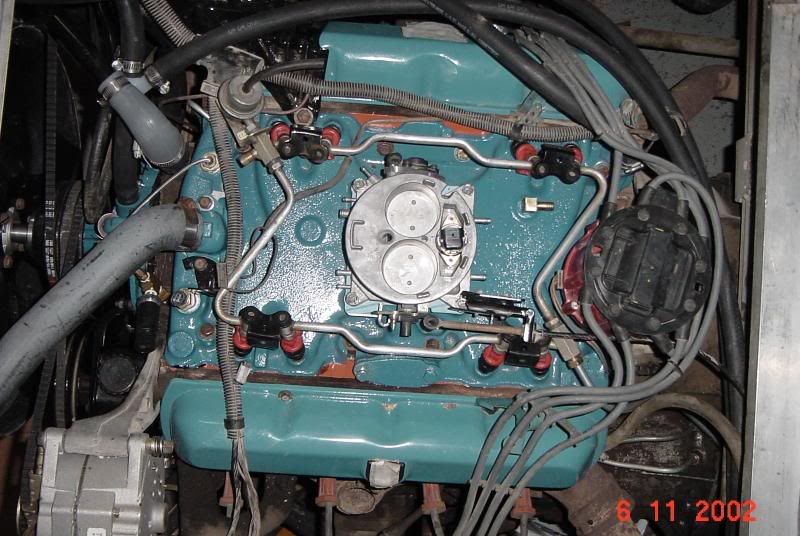It's pretty easy. I start with the pics on my desktop (no clue how to do it otherwise). Then write what you want and "GO ADVANCED". You'll see a box to manage attachments - click that. It'll put up a box that allows you to browse. I put my pics on my desktop in folders so it's easy from there. Once the pics are selected hit post at the top of the browse screen. It'll take a while for them to load. When done hit the close box at the bottom of the browse screen. You're done!
Dan
Dan







Comment